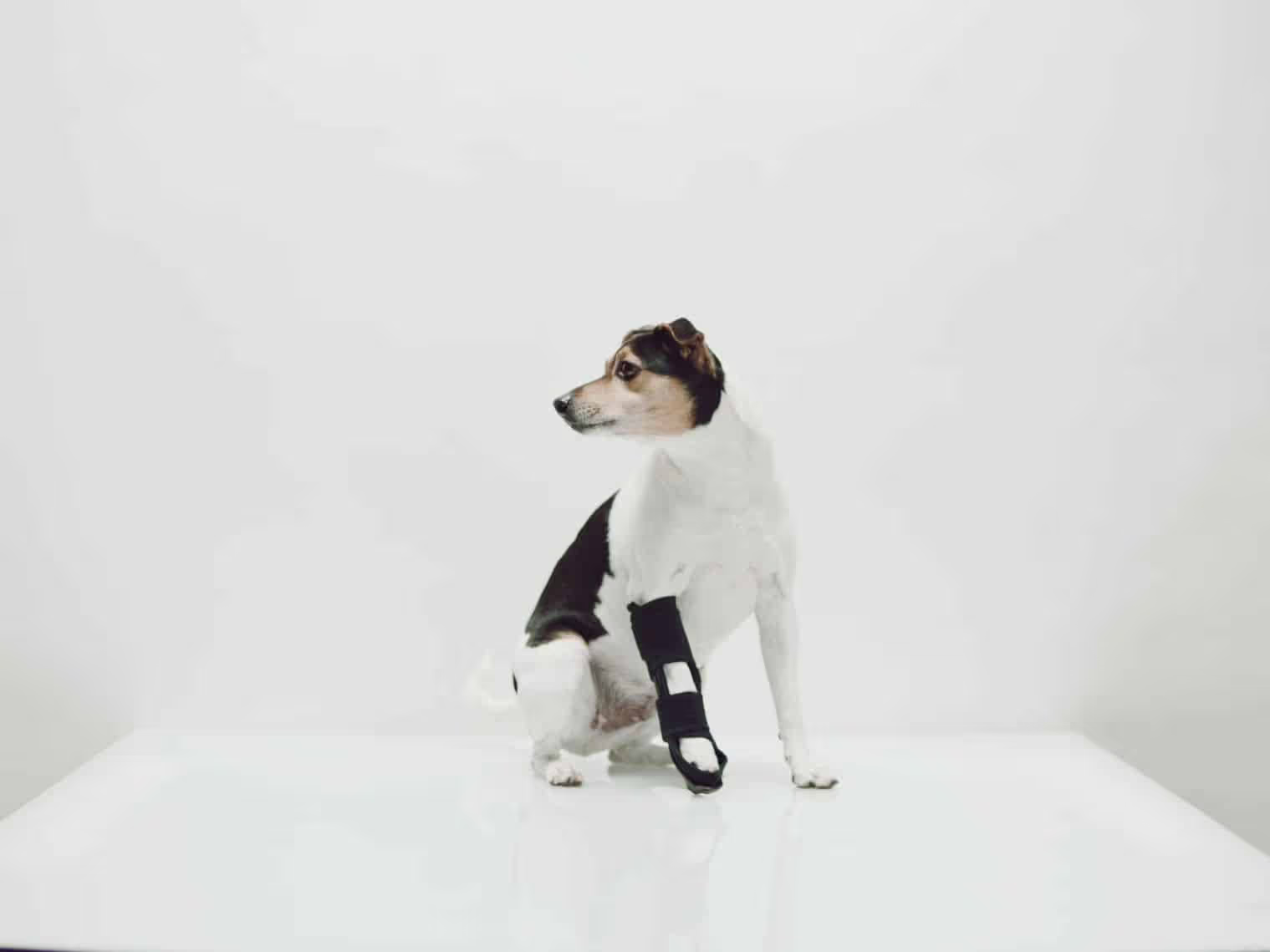Why Adjustments?
Getting the Perfect Adjustment for the Custom V-OP Device
Veterinary Orthotics and Prosthetics (V-OP) devices are becoming prevalent in the management of orthopedic injuries. Some devices are “off the shelf” and are used for relatively minor and short-lived issues. However, many issues require a device that is custom fitted to the individual animal taking into account uniqueness of limb characteristics, the injury, as well as the short and long-term therapeutic plans. This is particularly true in veterinary patients that range from chihuahuas to great danes, to llamas, to horses, to cats. Off the shelf devices are not capable of this breadth of support. A good comparison is a Dr Scholls shoe insert from the drugstore compared to a custom orthosis made by a qualified orthotist for chronic foot pain in humans.V-OP devices are made from a mold (fiberglass impression) of the patient’s limb in the corrected alignment. With this a skilled and experienced V-OP fabricator can come very close to a correct fit, but never exactly perfect. This is because the mold is static and animals are only static when they sleep! Animals are moving, running, playing, grazing, chasing balls, hunting, guarding sheep, and so on. The uniqueness of each injury, each animal, each activity, and each method of gating (walk, trot, run, gallop) means that we must learn from the animal where adjustment in fit is needed. Think of a new pair of custom hiking or ski boots. They are not perfectly molded to your foot until you spend some time in them moving as you do. Another example is a custom Italian suit or Vera Wang wedding dress. It’s made to fit a human body and then it must be tailored to the individual stylish businessman or lovely bride who will wear them.The point is this: for perfect fit and control the V-OP device needs to be adjusted. We expect it and we plan for it. It's a process of dialing in for best function. Please contact your veterinarian for support in the initial stages of fitting if you see any irritation, thinning of fur, blisters, etc. This guides us in adjustment. Your veterinarian will be in contact with your OrthoPets case manager and together will make a plan for you and your animal.
As time goes on the foam liner, straps, and strap pads will wear requiring replacement. Twice yearly recheck appointments with your veterinarian will include checking for changes that could alter proper fit and function. However, if you see any wearing on the device that is of concern or if new skin irritations arise don’t hesitate to contact your veterinarian before your scheduled appointment.


